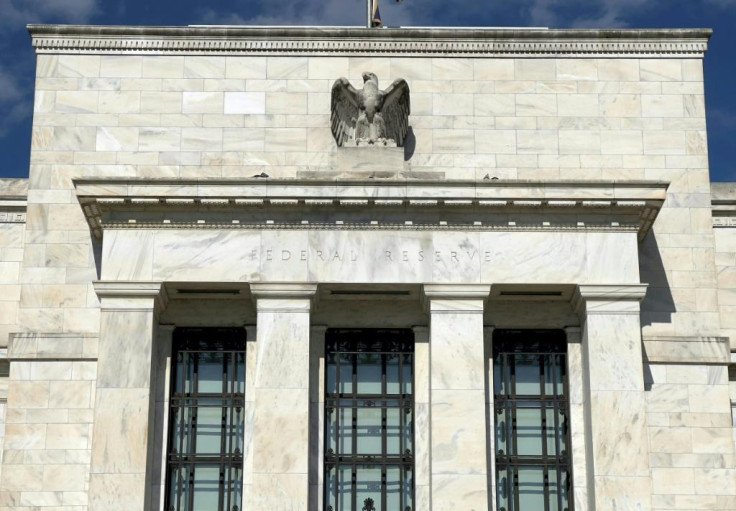Fed Poised for Second Interest Rate Cut in 2025— What It Means for You
With inflation cooling, the Fed eyes a second rate cut—consumers may see changes in borrowing costs

The US Federal Reserve is widely expected to announce a second consecutive interest rate cut this week, reducing the federal funds rate by 25 basis points to a range of 3.75%–4.00%.
The decision follows a similar cut in September and underscores the central bank's cautious effort to sustain growth amid sluggish inflation and limited economic data due to the ongoing government shutdown.
According to FXStreet, markets have already priced in the October move and expect another reduction in December. The Fed's Summary of Economic Projections points to two additional rate cuts by year-end, signalling a continued focus on supporting output while keeping price pressures in check.
Inflation Eases but Data Gaps Cloud the Picture
The latest Consumer Price Index (CPI) report, released by the US Labour Department, showed inflation rising at a modest 3% year-on-year—cooler than expected and below the Fed's long-term target. This has given the central bank room to ease monetary policy without stoking fears of runaway prices.
'Concerns about tariffs driving prices higher are still not showing up in most categories,' said Scott Helfstein, head of investment strategy at Global X, in an interview with CBS News. The muted inflation data, combined with missing employment figures due to the shutdown, has led the Fed to rely on secondary indicators and local business surveys to guide its decision-making.
What It Means for Mortgages and Loans

For consumers, a rate cut typically translates into lower borrowing costs, though the impact varies across financial products. Mortgage rates have already begun to ease, with the average 30-year fixed rate falling to 6.27% from a high of 7.04% earlier this year.
Auto loans and personal loans may also see slight reductions, but credit card rates are expected to remain stubbornly high. Many card issuers have not passed on previous rate cuts to consumers, citing elevated risk and inflationary pressures.
Impact on Savings and Investments
While borrowers may benefit, savers could see lower returns on deposit accounts and money market funds. Banks often reduce interest paid on savings when the Fed cuts rates, making it harder for consumers to earn meaningful returns on cash holdings.
On the investment side, rate cuts tend to boost equities by lowering the cost of capital and improving corporate earnings outlooks. However, the current environment remains volatile, with investors weighing the impact of tariffs, political uncertainty, and global economic headwinds.
Business and Market Implications
For businesses, lower interest rates can ease financing costs and encourage investment. Small firms, in particular, may benefit from cheaper credit, helping offset the challenges posed by supply chain disruptions and labour shortages. However, economists caution that rate cuts alone cannot resolve structural issues.
With another rate cut likely in December, the Fed appears committed to a gradual easing cycle aimed at stabilising the economy. The central bank's next moves will depend heavily on incoming data, assuming the government shutdown ends and agencies resume regular reporting.
In the meantime, consumers are advised to review their debt portfolios, consider refinancing options, and monitor changes in savings yields. While the rate cut may offer some relief, its full impact will depend on how banks and lenders respond in the coming weeks.
© Copyright IBTimes 2025. All rights reserved.




















